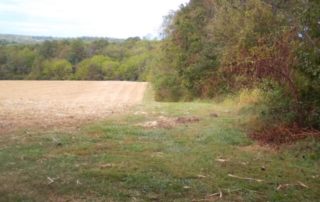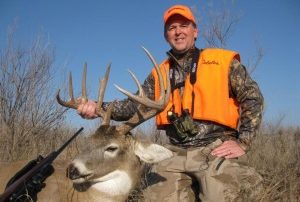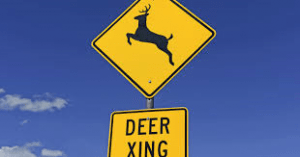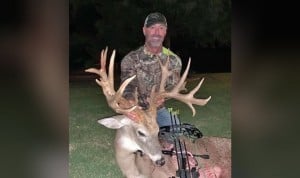How To Hunt Deer When The Corn Gets Cut
Look at the first trail camera image, a lot of bucks including this giant drop tine had been walking the chute between the standing corn and the hedgerow for a month. Image 2 shows the corn recently cut, and since then no deer have shown up on camera. It's like this all over the country in October, fields of standing corn are being cut, so how do you adjust? The days after a farmer cuts the crops can be awesome for hunting. The sudden change in habitat forces deer to move around a lot as they settle into new bed-to-feed patterns. The animals will seek out alternative food sources (most often acorns and browse) and especially new bedding/travel cover in [...]





